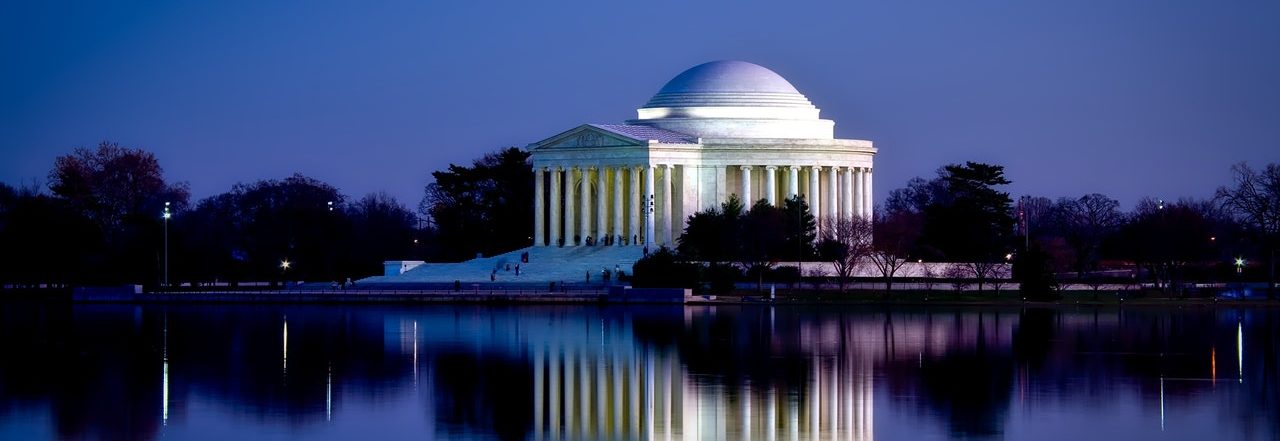
The “forfeiture-by-wrongdoing” doctrine in Hairston
You cannot profit from your own malfeasance. Specifically, you cannot play a role in preventing a witness from testifying and then use Confrontation Clause and hearsay rules to preclude evidence from that witness from being introduced.
That, roughly, is the rationale behind the “forfeiture-by-wrongdoing” doctrine that was recently the subject of the D.C. Court of Appeals’ recent decision in U.S. v. Hairston, 264 A.3d 642 (D.C. 2021).
Donald Hairston was charged with first degree murder and other charges in connection with the death of his former girlfriend Stephanie Goodloe. With no eyewitnesses to the actual murder, the government sought to make its case through circumstantial evidence. Specifically, it attempted to introduce a number of Goodloe’s hearsay statements through 911 recordings, body worn camera footage, copies of text messages, and statements she made to police officers and to her friends and family.
The trial court admitted the evidence, over Hairston’s objections, through the “forfeiture-by-wrongdoing doctrine. The jury convicted Hairston of murder, and Hairston appealed.
In affirming Hairston’s conviction, the Court of Appeals began with a definition of the doctrine: “Under the ‘forfeiture-by-wrongdoing doctrine, a defendant forfeits his Sixth Amendment right to be confronted by a witness against him, as well as his objection to the introduction of hearsay, if he wrongfully procured the unavailability of that witness with the purpose of preventing the witness from testifying.”
The Court then laid out the standard: “To successfully invoke the exception, the government must demonstrate that (1) the defendant engaged in wrongdoing that caused the witness’s unavailability; and (2) did so in order ‘to prevent [the] witness from testifying.’” The burden is on the proponent of the evidence to establish the “predicate facts” by a preponderance of the evidence. The proponent is not required to show that the wrong-doer’s sole purpose was to silence the declarant.
In this case, the Court found that the government had established the necessary foundation. This was true in part because the government had introduced evidence suggesting that Hairston was at least partially motivated by his desire to prevent Goodloe from testifying at a related civil protection order (CPO) hearing.
Judge Danya Dayson presided at trial. Mr. Hairston was represented by Mani Golzari and Lauren Johnson at trial and by Mindy Daniels and the Public Defender Service on appeal.
